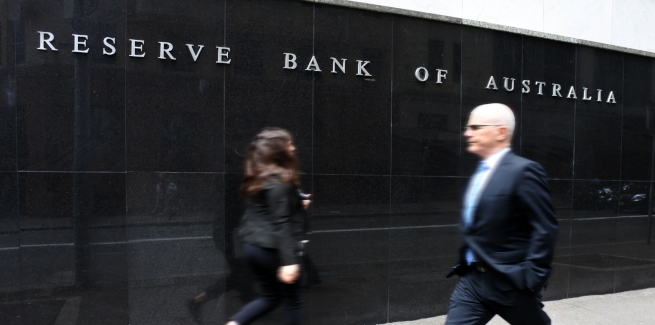The Reserve Bank of Australia (RBA) has cut the official cash rate to 0.75 per cent, taking market pundits by surprise.
This follows reductions in both June and July, which, according to the RBA, were aimed at supporting jobs growth and providing greater confidence that inflation will be consistent with the RBA’s medium-term target of 2 to 3 per cent.
The RBA’s third consecutive cut has come as shock to market pundits, who expected the central bank to monitor the impact of its earlier reductions, as well as recent fiscal and regulatory stimulus, before considering a further reduction to the cash rate.
Prior to the RBA’s announcement, AMP Capital chief economist Shane Oliver observed: “Basically, the RBA is waiting to see the impact of its June and July rate cuts and the federal government’s tax cuts for low and middle-income earners, and in particular, it wants to see lower unemployment.”
Mortgage aggregator Finsure’s managing director, John Kolenda, echoed Mr Oliver’s sentiment: “Interest rates aren’t the only lever to stimulate the economy, and the RBA for the time being can apply the handbrake on rates and see what impact income tax cuts, infrastructure spending and the stabilisation of house prices have on consumer confidence.
“The central bank needs to leave some fuel in the tank for potentially more headwinds, although it’s encouraging to see some positive signs in the economy coming through.”
Reacting to the news, CoreLogic’s head of research, Tim Lawless, said he was “surprised” by what he described as an “unusual” move from the RBA.
“It is extremely unusual for the RBA to cut official interest rates in three consecutive months, having only happened twice before – in early 2001 and during the GFC in late 2008,” he said.
“The market was generally expecting rates to stay on hold, giving the RBA time to assess the effect of lower interest rates on the economy and consumer spending.”
Mr Lawless added that the RBA cuts in June and July had already helped stimulate demand in the housing market, pointing to internal data that suggests that property prices are beginning to stabilise.
“The housing market has been a key beneficiary of lower mortgage rates, with a trend towards stability over the first half of the year converting to a subtle rise in capital city housing values in July,” he said.
Analysts had expected the RBA to put its easing strategy on hold until the end of the year, noting that the cuts in June and July would not have been enough to help the central bank achieve its employment and inflation targets.
Mr Oliver added: “We doubt that the policy easing seen so far will be enough to get unemployment below 4.5 per cent and wages growth and inflation up to target and so expect the RBA to resume cutting later this year with 0.25 per cent cuts in November and February.”
ING Economics’ FX strategist, Francesco Pesole, agreed but added that recent global economic developments, including the US Federal Reserve’s monetary policy adjustment, could prompt more easing from the RBA than expected, given the impact on the Australian dollar.
“Looking ahead, headline inflation still appears far from the (ambitious) 2.5 per cent RBA mid-point target, which – in line with [RBA governor Philip Lowe’s] recent rhetoric – makes us believe that another cut may be delivered by the end of this year,” he said.
“Markets have already priced in an 85 per cent probability of this happening, so further pressure on Australian rates should not be massive.
“However, it will remain to be seen whether, in light of the new round of US tariffs and the recent rate cut by the Fed, markets will frontload more easing by the RBA.”
The RBA governor left the door open to further cuts following the central bank’s reduction in July and recently stated that it is “reasonable” to expect an “extended period” of low interest rates, adding that it is “highly unlikely” that the central bank would consider hikes any time soon.
[Related: Fed launches ‘pre-emptive rate strike’]

